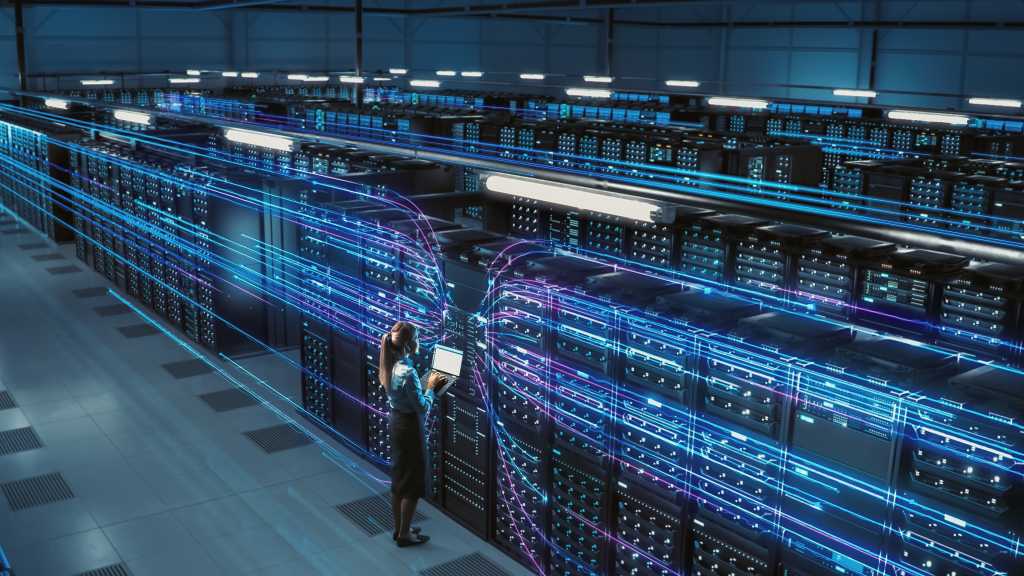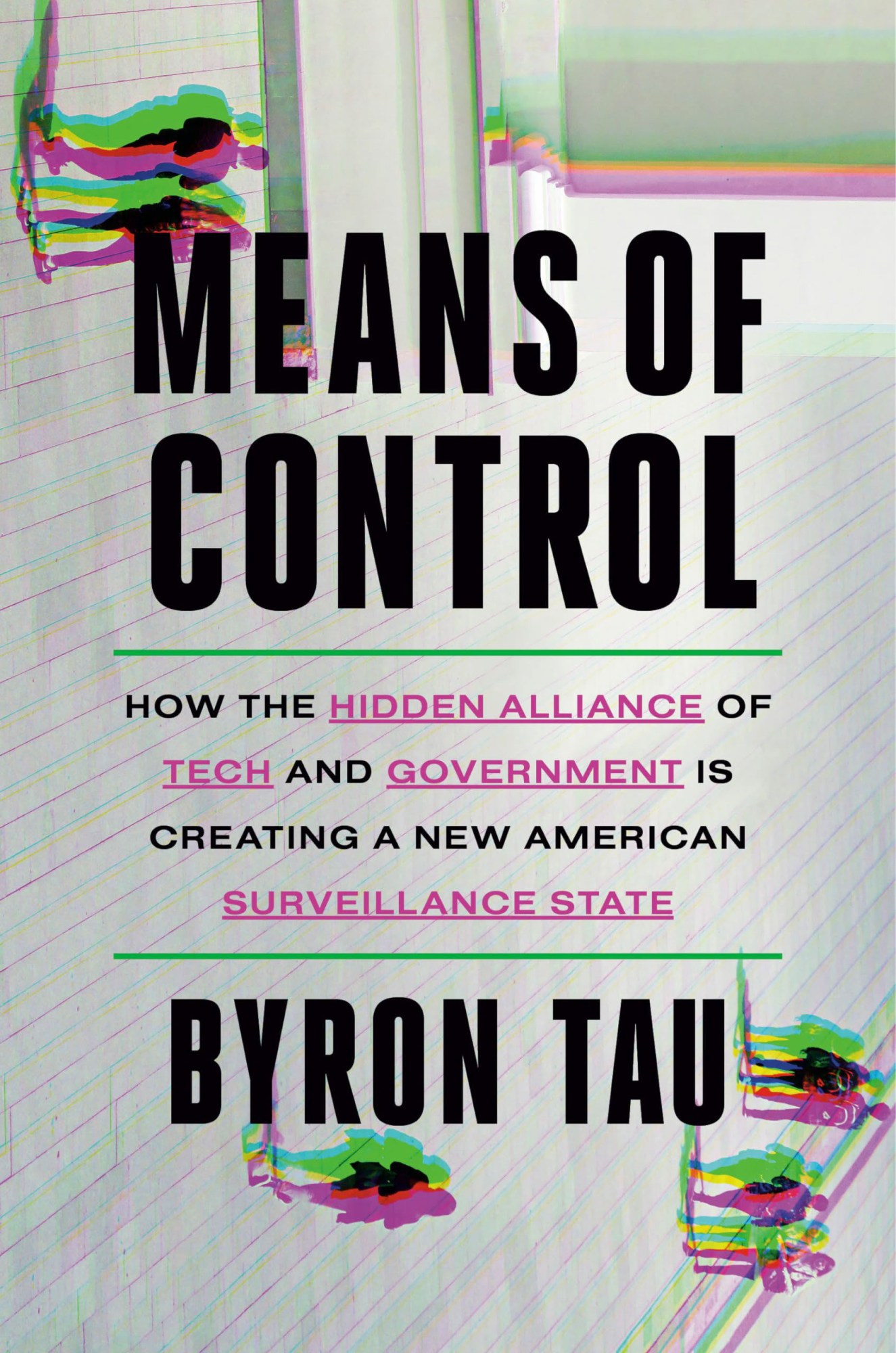
As we enter the summer months, America’s aging power grid faces a double-whammy of unprecedented, 24/7 electricity demand from AI data centers coupled with the prospect of temporary but severe peaks from air conditioning load during heat waves. Without smart energy management, parts of the country could face the rolling blackouts recently seen in California.
Electric vehicles (EVs) have been painted by some as a liability to the power grid. But at ChargeScape, we are building a Virtual Power Plant of electric vehicles that will bolster the nation’s power grid using a distributed network of batteries. As a joint venture of BMW, Ford, Honda and Nissan, ChargeScape is on a mission to transform EVs from a grid liability into an asset. ChargeScape’s platform does this by:
- Balancing the complexity of fast-growing distributed energy resources (DERs) alongside intermittent renewable generation;
- Delivering real-time peak load reduction at the bulk system level;
- Preventing asset overload from localized demand on specific parts of the distribution network; and
- Meeting heightened customer expectations for energy management.
Real-world-impact: enhancing grid resilience across the U.S.
Our vision of a more resilient, reliable U.S. power grid isn’t just a dream: it’s a reality that we are actively building today with our utility partners across the country. Below are a few examples of how ChargeScape is leveraging EVs to deliver grid reliability:
1. PSEG Long Island’s System Peak Relief Program
To support summer grid reliability, ChargeScape is participating in PSEG Long Island’s System Peak Relief Program. Through this program, EV charging is automatically paused during high-demand hours in the summer, helping to reduce system stress without disrupting driver routines. Enrolled customers receive $50 upfront and another $50 at the end of the season for staying enrolled and participating in demand response events.
ChargeScape, through its direct partnerships with automakers, was the first to bring residential EVs into this historically commercial-focused program—demonstrating the value of EV telematics in enabling targeted, automated load curtailment. With multiple demand response events planned throughout the summer, ChargeScape is proving how EVs can be reliably and intelligently orchestrated to strengthen grid resilience and reduce peak demand as temperatures rise.
2. Eversource Managed Charging Program Summer Demand Response
In collaboration with Eversource, ChargeScape supports a multi-tiered EV managed charging program across Connecticut and (soon) Massachusetts. This program offers customers flexibility to participate passively—by charging during off-peak hours—or actively, through EV load-shifting automated by ChargeScape. Customers can earn up to $300 per year based on their level of participation.
In previous summers, ChargeScape has supported grid stability by orchestrating demand response events during peak periods, delivering up to 5 kW of load reduction per vehicle per event in 2024. Through our direct partnerships with automakers, ChargeScape enables targeted communications to EV drivers about upcoming grid events using existing OEM apps and channels—boosting participation and trust. Through clear communication via direct OEM channels, EV drivers can make informed choices and confidently support grid reliability without compromising their mobility requirements.
3. DTE Energy’s Vehicle-to-Home Pilot
In Michigan, ChargeScape is working with DTE Energy and Ford to prove how vehicle-to- home (V2H) technology can bolster grid resilience by leveraging EVs as a flexible bidirectional power source. Our pilot enables eligible Ford F-150 Lightning drivers to export energy back to their homes during peak periods and emergency grid events, which reduces load on the system in real-time. A single F-150 Lightning can deliver up to 19.2 kW of power, which is enough to offset most of a home’s peak electricity use during summer demand periods (and enough to power the average American home for three days).
Customers will earn up to $500 annually for participating, with ChargeScape working with Ford to coordinate charging and discharging to ensure drivers save on charging while supporting grid stability when it matters most. By shifting from simple load reduction to bidirectional energy flow, our pilot with DTE and Ford is an important step toward unlocking the full grid potential of EVs— particularly when electricity demand spikes during a heatwave.
4. California Virtual Power Plant
ChargeScape is building America’s largest EV Virtual Power Plant (VPP) together with Leap, aiming to deliver 100 MW of flexibility to the California grid through both smart charging (V1G) – reducing demand during periods of high grid demand – and through bi-directional power export, including vehicle-to-grid (V2G). Initial results have shown the capacity of EVs to deliver ~5 kW each of V1G demand-side reduction, and to export as much as ~20 kW of power from each vehicle through V2G.
Join us in building a resilient energy future
ChargeScape’s direct OEM integrations and sophisticated load management capabilities empower utilities and grid operators to leverage EVs as a grid resilience tool. To discuss partnership opportunities or learn more, contact us at [email protected].






















